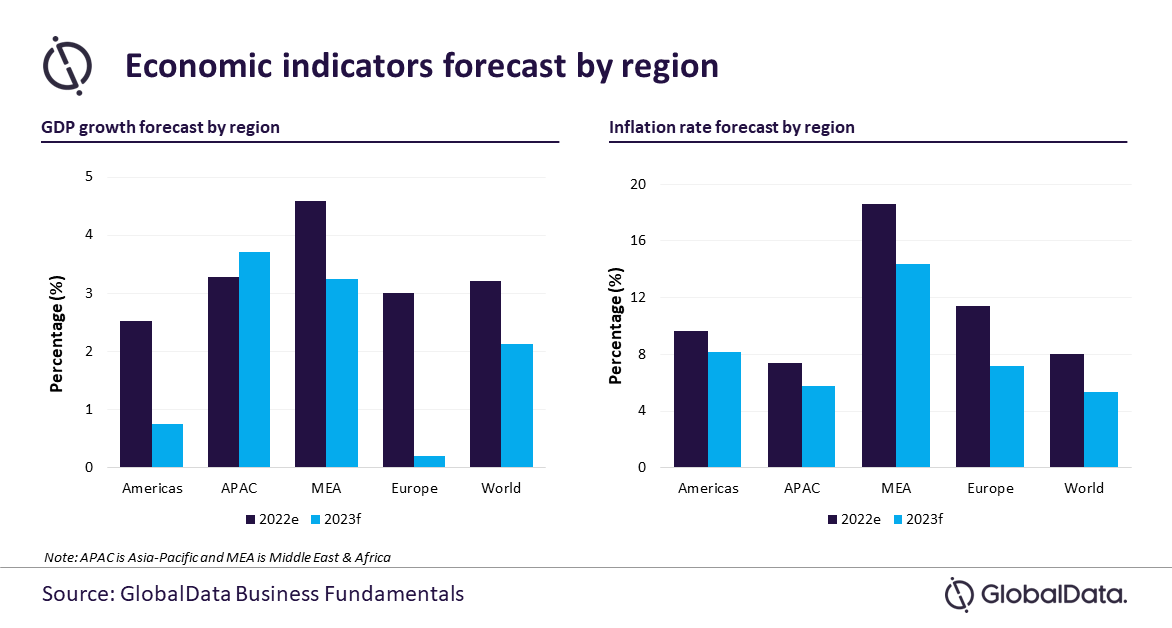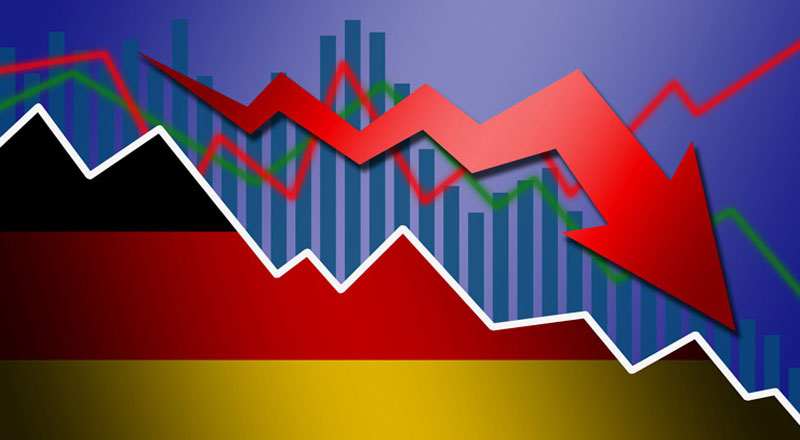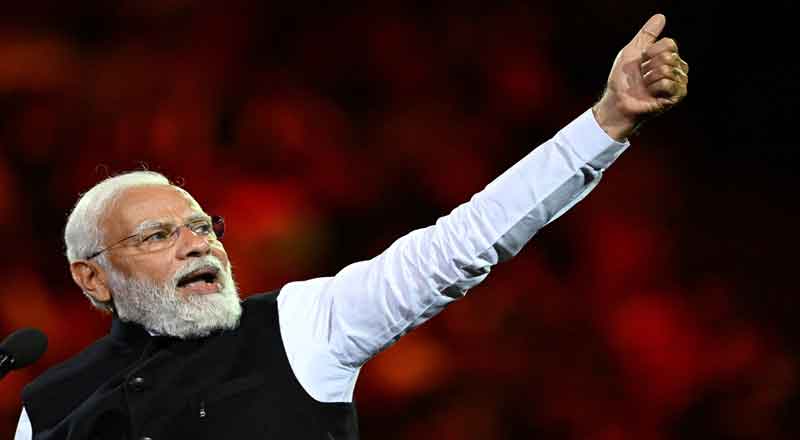The global economy is facing significant challenges due to slowing but elevated inflation, high borrowing costs, and lower external demand. These factors are expected to have a profound impact on private consumption expenditure, investments, and economic activities. As a result, major global economies are projected to experience slower growth or even recession this year. Against this backdrop, the global GDP growth is expected to slow down from 3.2% in 2022 to 2.1% in 2023, forecasts GlobalData, a leading data and analytics company.
GlobalData’s latest report, “Macroeconomic Outlook Report: Global (Q1 2023 Update),” reveals that the global economy witnessed a solid economic recovery from -3.7% in 2020 to 5.9% in 2021 before slowing to 3.2% in 2022, due to the ongoing Russia-Ukraine war. However, the reopening of the Chinese economy and vaccination efforts across the emerging economies are anticipated to alleviate some of the strain on global supply chains in 2023.
Maheshwari Bandari, Economic Research Analyst at GlobalData, comments: “The year 2023 will be challenging for a large portion of the global economy as the primary drivers of growth—the US, and Europe are expected to experience a slowdown in activity. A considerable slowdown in large economies would also have an influence on external demand in emerging and developing countries. Increased financial vulnerabilities in large swaths of the world could increase the risk of a hard landing at a time when governments in many developing economies lack the policy space to support activity if needed. As a result of increased borrowing rates on funds to fight inflation, several economies will likely shrink.”

Asia-Pacific is projected to be the fastest growing region in the world with real GDP growth forecast at 3.7% in 2023. The growth will primarily be aided by the expected robust growth in India (5.7%) and China (5.2%). Middle East & Africa (MEA) (3.2%) is projected to be the second fastest growing region followed by Americas (0.8%) and Europe (0.2%).
GlobalData forecasts the global inflation rate to remain at an elevated level of 5.3% in 2023, although it is forecast to decrease from the 8.1% the previous year. Inflation in all regions is projected to ease in 2023.
On the external side, countries with export-led growth will face a greater challenge in 2023 as external demand slows. Exports and imports (in value terms) by G20 nations contracted for the first time in two years by 1.3% and 1.1%, respectively, on a quarterly basis in Q3 2022, according to the OECD.
Bandari concludes: “The global economic outlook in 2023 is influenced by the greater uncertainty in geopolitics. The expected easing of supply-side constraints with the lifting of lockdowns in China and the easing of price pressure may prompt central banks to signal a softening bias from the second half of 2023, which may revive investor interest and market sentiment and create a relatively optimistic outlook for 2024.”





